“Flight planning has completely changed in recent years,” according to UAS pilot and instructor Dennis Lobos Palma. “Drones used to be practically blind. They just followed direct commands from the pilot and had no clue about their surroundings.”
But these days, Lobos told Commercial UAV News, drone flight planning is far more sophisticated and complex. Modern flight planning, he said, often involves combining “3D maps, terrain models, and pre-flight analysis” and using tools like UgCS or DroneDeploy to “design smart routes with detailed control over altitude, overlap, and no-fly zones.”
Like Lobos, Ben Stocker, a Senior Construction Technologist at Skender, has seen the evolution of drone flight planning. Stocker, who began flying drones for his construction work about 10 years ago, said, “in the beginning I was using more consumer drones and then trying out integrations with any software that would try to work with them.”

At first, Stocker used the Litchi system, but then started using flight planning systems from DroneDeploy to map out his increasingly complex drone operations.
“In the beginning, it was very, very basic, just flyjng simple lawnmower patterns over any subject that we wanted to grab,” Stocker stated. “Now, we have a lot more options. It can get a lot more advanced. Flight plans can be more intricate. They can be more complex and detailed.”
Essential Components of a Flight Plan
As Lobos and Stocker reported, flight planning has gone from simple to complex as technology has improved and operators have found new and better ways to leverage uncrewed technology for commercial purposes. However, the basic components of flight planning have remained the same. No matter the mission, operators must create careful, thorough flight plans matched to the unique concerns of the job to ensure accuracy, efficiency, and safety.
Experts have detailed some of the essential components of a flight plan to include an accounting of the vehicles, payloads, and pilots required to complete a mission. Logistical concerns are also critical, as operators must plan for how long, how far, and over what environments their drones need to fly.

Authorizations, airspace checks, and compliance with local and national regulations must also be included in a flight plan. Failing to adhere to laws and rules can ground even the most carefully planned operations.
Based on his experience, Stocker believes that operators must also work concerns about elevation into every flight plan. “The most critical thing is elevation,” he said. “We always have to determine what is our minimum safe flying altitude and what is the maximum that we're allowed to go in an area.”
Stocker explained that legal restrictions in a given area can determine upper- and lower-level limitations, but commercial drone operators must also be mindful of other elevation factors when creating a flight plan. He recommended asking the questions “Do you have tall trees around the area? Do you have tall buildings in the area? How tall is the building you're inspecting? Are there other obstructions that are in the way, like a tower crane?” These factors, he asserted, can “create a lot of challenges because a lot of the flight planning is planned around still objects.”
For Lobos, coordinating efforts with Unmanned Aircraft System Traffic Management (UTM) systems is also essential to effective flight planning. Fortunately, he reported that “some companies are actually working on real UTM coordination.” He said that drone delivery leader Wing (part of Alphabet) “has been a pioneer in commercial operations using real-time strategic UTM coordination, following the ASTM F3548-21 standard. In partnership with Flytrex, they’ve done BVLOS flights in shared airspace, exchanging flight intent data and adjusting routes automatically to avoid conflicts, based on documentation from the company and the FAA.”
Moreover, Lobos said, “Skydio has integrated with Aloft Air Control, which allows live UTM telemetry, automated flight logging, and access to LAANC authorizations. This setup is especially useful for public safety missions and infrastructure inspections.” Also, he said, “Airbus is building digital UTM infrastructure as part of its vision for integrated airspace management, focusing on scalability, safety, and interoperability between drones, helicopters, and eVTOLs.”
How to Choose the Right System
Once operators understand the basic components and parameters of their work, they can start to investigate the many drone flight planning options available. Lobos and Stocker believe that matching the appropriate system to the given mission is the key to success.
“Choosing the right system depends on the type of operation and what you’re trying to achieve,” Lobos asserted. “In mining or surveying, precision is everything. Even a few centimeters error can mean tons of miscalculated material. In commercial or repetitive operations, automation and efficiency are the main goals. But as operational needs evolve, the available software doesn’t always meet every requirement.”
For this reason, Lobos said, “a lot of companies end up building their own platforms, tailored to their workflow and the specific sensors they use.” Still, he reported that there are plenty of options available for purchase that can meet the needs of drone operators. “For everyday use, there are plenty of commercial options with different levels of complexity and pricing,” Lobos stated. “There’s also been a clear shift toward monthly or yearly subscriptions instead of permanent licenses. Programs like UgCS used to offer a onetime payment with limited support, but now they also offer subscription plans with lower upfront costs. Over time they might end up costing more, but these models give you continuous updates and support, which helps you stay current with system improvements.”
The Future of Drone Flight Planning
It’s clear that as the drone industry continues to grow and evolve, drone flight planning systems and procedures will grow and evolve along with it. And, as with all things uncrewed these days, AI will play a crucial role.
“Artificial intelligence is going to have a huge impact on flight planning,” Lobos asserted. “It’s no longer just about automating routes. It’s about enabling aircraft to interpret their environment, anticipate risks, and make autonomous decisions during the mission.”
Stocker said that leading drone companies are already incorporating AI into their flight planning programs. For example, he reported that Skydio’s 3D Scan software can be used “to recognize your building or your object and then create the close flight plan around it, and DJI is doing something very similar with the Manifold 3.”
These and other developments point the way to more advanced drone flight planning. As Lobos points out, “some drones today can already fly in complete darkness or without GPS signal, thanks to computer vision, infrared sensors, and lidar systems that build 3D maps in real time.”
As this technology becomes more widespread, Lobos believes that “we’ll see systems that can dynamically replan routes, optimize paths based on terrain conditions, and coordinate with other aircraft without human intervention.” In other words, he said, “AI will turn flight planning into a dynamic, adaptive process where the drone doesn’t just execute a mission. It actively collaborates to keep it safe and efficient.”


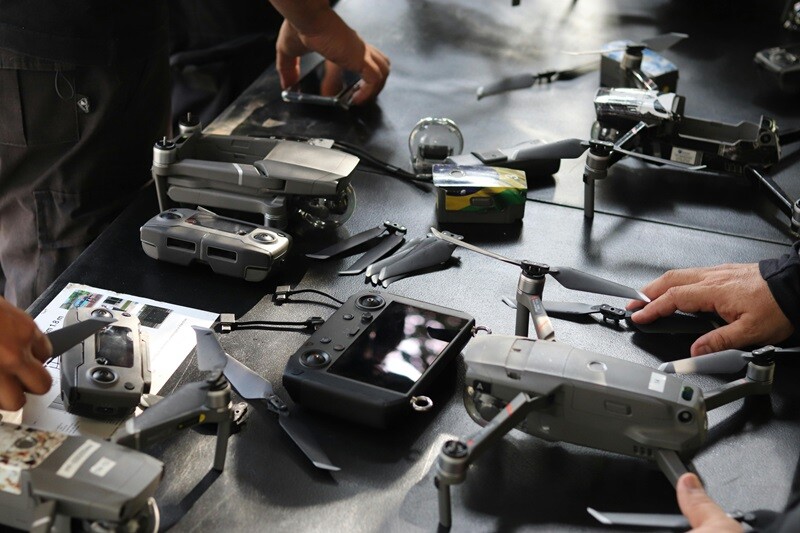

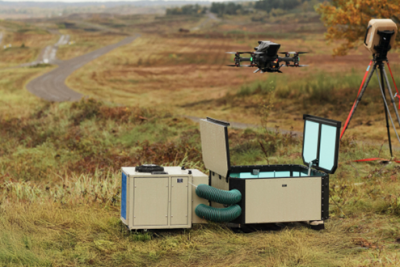
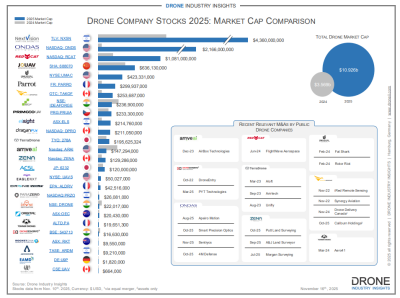

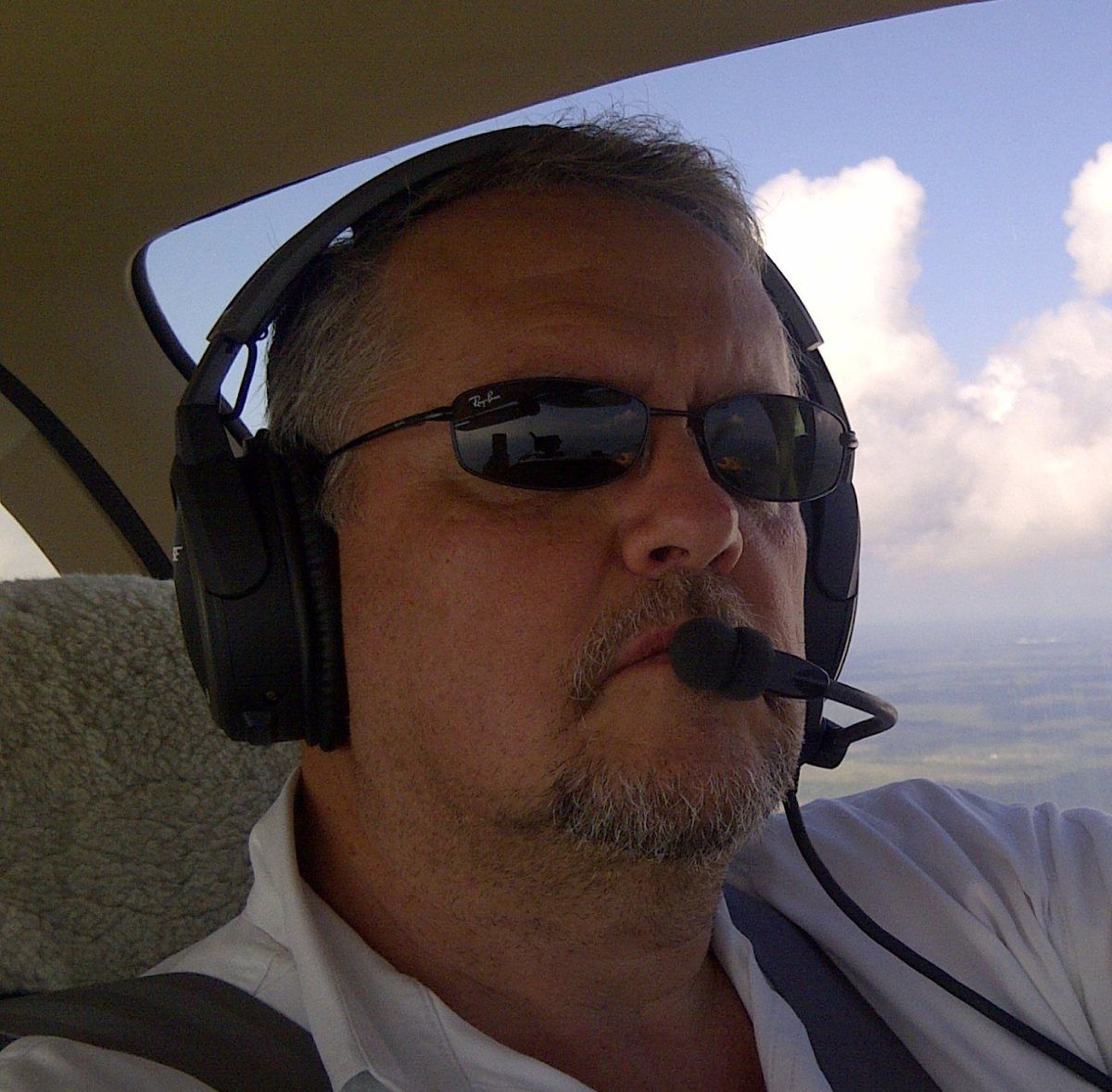




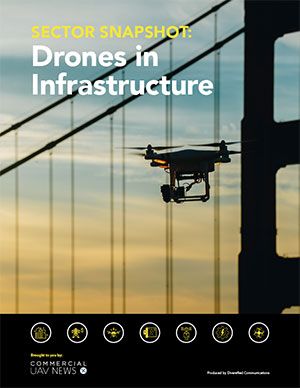
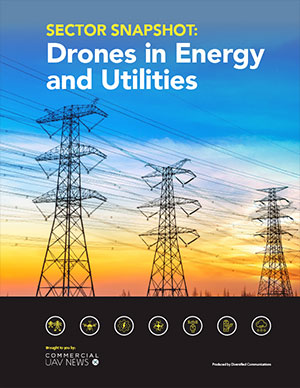
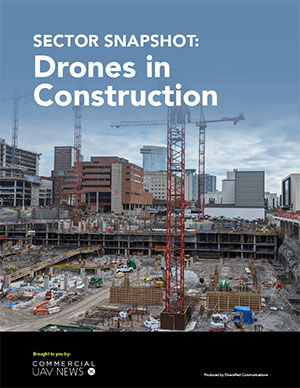
Comments